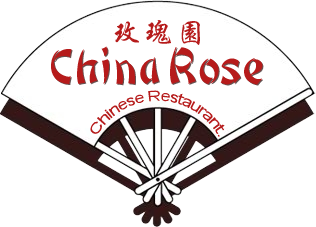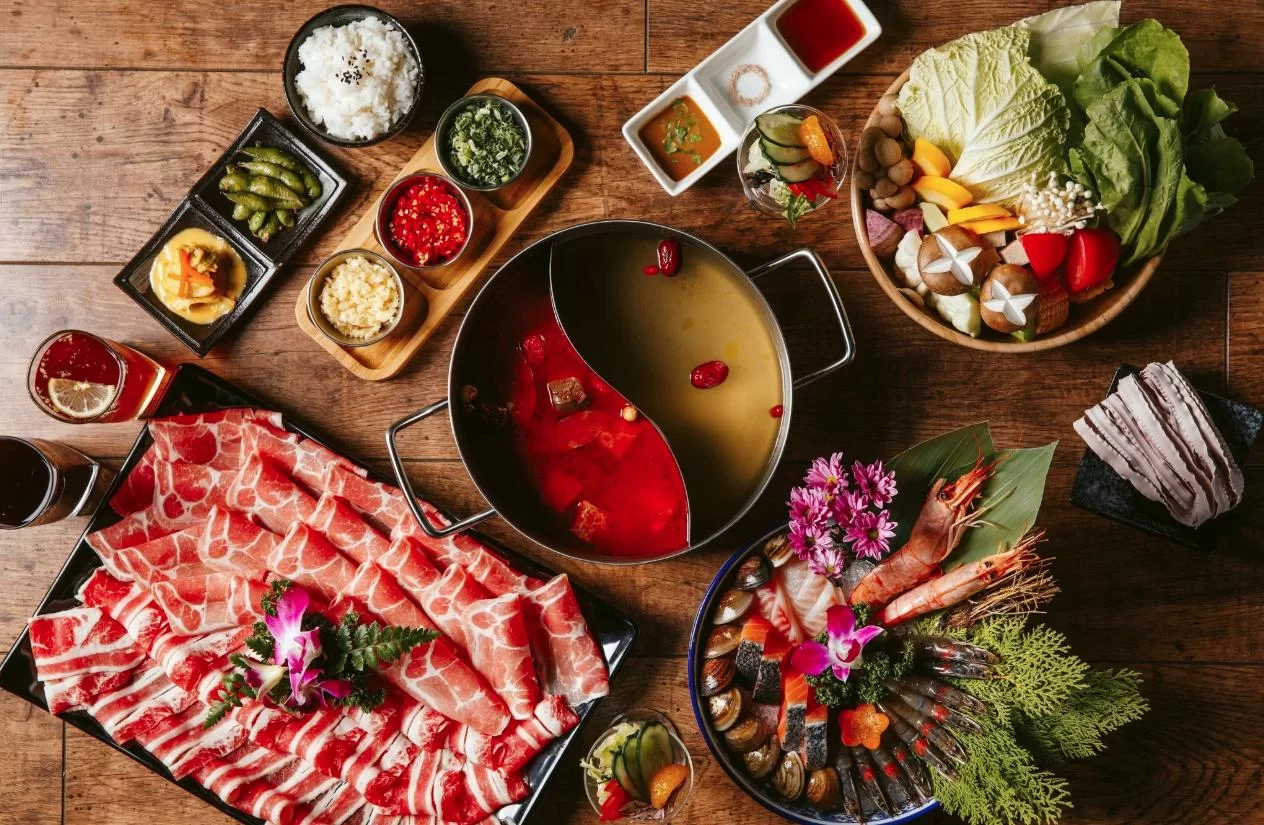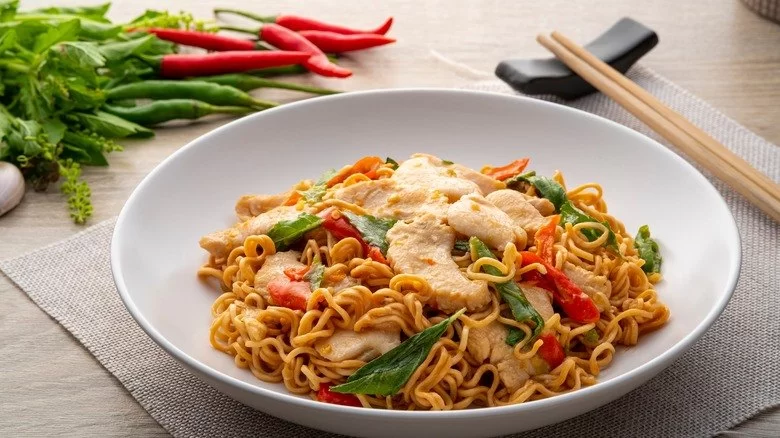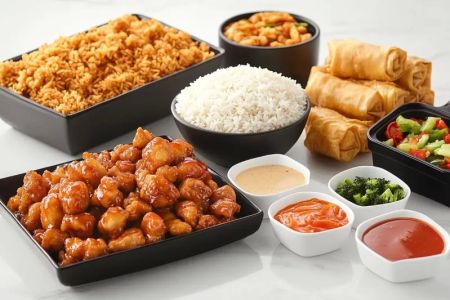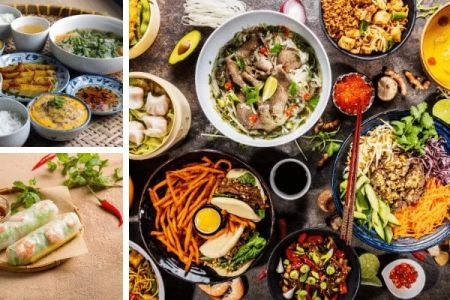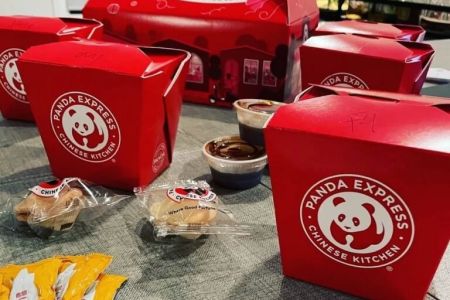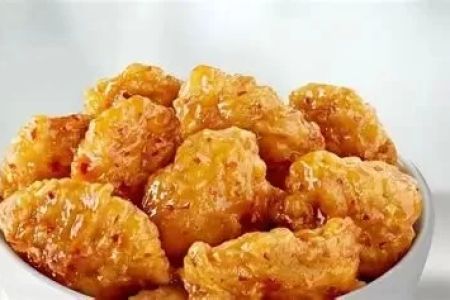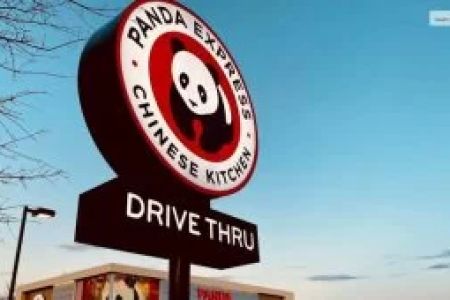- 01 - defining-wok-hei-what-it-means-in-chinese-cuisine
- 02 - the-science-behind-wok-hei-and-why-its-so-elusive
- 03 - technique-matters-how-chefs-create-wok-hei
- 04 - why-wok-hei-defines-authentic-chinese-stir-fries
- 05 - common-mistakes-when-trying-to-achieve-wok-hei-at-home
- 06 - modern-takes-on-wok-hei-balancing-tradition-and-convenience
1. Defining "Wok Hei": What It Means in Chinese Cuisine
In Chinese culinary culture, the term "Wok Hei" (literally "breath of the wok") represents more than just cooking over high heat—it symbolizes mastery. It’s the smoky, charred, slightly sweet aroma and taste that elevates a basic stir-fry into a restaurant-worthy dish. For many, Wok Hei is the soul of authentic Chinese stir-fries, a fleeting but powerful flavor that distinguishes great cooking from ordinary meals.
In Cantonese cuisine especially, Wok Hei is treated almost reverently. Diners in places like Hong Kong or Guangzhou often judge a restaurant’s worth by how strongly Wok Hei comes through in its beef chow fun or egg fried rice. It's a hallmark of quality that even casual eaters recognize instinctively.
2. The Science Behind "Wok Hei" and Why It’s So Elusive
Wok Hei is the result of several complex chemical reactions—namely the Maillard reaction and caramelization—triggered by intense, dry heat. When ingredients hit the scorching surface of a seasoned wok (often exceeding 700°F), sugars and amino acids rapidly break down and recombine, creating hundreds of new flavor compounds.
This elusive flavor also incorporates vaporized oils, slight charring, and controlled wok tossing. The flames licking up the sides of the wok create microbursts of flavor that bond with proteins and vegetables. Most home kitchens can't replicate this because of lower heat output and different wok types. This is why true Wok Hei is almost always better appreciated at professional venues like Chinese Food-affiliated kitchens.
3. Technique Matters: How Chefs Create "Wok Hei"
Achieving Wok Hei isn't just about temperature—it’s about timing, motion, and intuition. Chinese chefs use carbon steel woks seasoned over years, and they handle them with precision. Stirring too early releases moisture and kills the dry-heat reaction. Waiting too long risks burning. There’s a razor-thin line between caramelized and charred.
Chefs often toss food aggressively in the air, exposing it briefly to open flame before catching it back in the wok. This dramatic movement isn’t just for show—it’s critical to the Wok Hei process. These techniques, passed from master to apprentice, take years to perfect. That’s why places like Chinese Food train their staff meticulously to preserve this art.
4. Why "Wok Hei" Defines Authentic Chinese Stir-Fries
The difference Wok Hei makes is profound. In a simple dish like beef and broccoli, the flavor notes of charred beef, smoky garlic, and sweet soy emerge only when cooked under intense Wok Hei conditions. Without it, the dish may taste flat or oily. With it, each bite becomes a punch of umami with a whisper of fire-kissed aroma.
That’s why so many Chinese restaurants pride themselves on delivering Wok Hei. It’s also why stir-fries at home, while tasty, often lack that unmistakable depth. True Wok Hei can transform even the most basic dishes—fried rice, chow mein, or stir-fried veggies—into gourmet-level meals. Many foodies say it's the #1 indicator of authentic Chinese stir-fry excellence.
5. Common Mistakes When Trying to Achieve "Wok Hei" at Home
While it’s possible to achieve some version of Wok Hei at home, most attempts fall short. Common mistakes include overcrowding the wok, using non-stick pans, or cooking on medium heat. These reduce the dry-sear effect and introduce steam instead of char. Another error is failing to preheat the wok long enough—heat is everything in this technique.
Some enthusiasts have invested in outdoor wok burners or high-BTU ranges to better mimic restaurant conditions. If that’s not an option, choosing recipes that require less Wok Hei (such as braised dishes) might be more realistic. Alternatively, ordering from experts like Chinese Food ensures you get the real experience with every bite.
6. Modern Takes on "Wok Hei": Balancing Tradition and Convenience
Today, some chefs experiment with modern kitchen equipment to simulate Wok Hei—blowtorches, smoking guns, or infrared grills. While purists might scoff, it shows the enduring appeal of this cooking effect. At the same time, smart restaurants preserve Wok Hei tradition while ensuring consistency, making it accessible even in fast-casual settings.
Interestingly, Wok Hei has found fans beyond Asia. From New York to Melbourne, food critics rave about its power to transform flavor. If you're seeking that elusive "breath of the wok" experience, your best bet is to visit establishments like Chinese Food that prioritize authentic techniques over shortcuts.
